Navy taps Lockheed, Raytheon to develop new hypersonic HALO missile
- By Alex Hollings
Share This Article

The Navy is making moves to develop a new air-launched hypersonic anti-ship missile under the name Hypersonic Air Launched Offensive Anti-Surface, or HALO, missile. This effort, sometimes also referred to as Offensive Anti-Surface Warfare (OASuW) Increment 2, is one of more than 70 hypersonic weapon programs currently drawing funds from Pentagon coffers.
In February, Lockheed Martin also secured a contract worth more than $2 billion to deliver the Navy’s first hypersonic weapon, the Conventional Prompt Strike system, expected to enter service by the “mid-2020s.”
The HALO missile is expected to offer a significant increase in both range and speed over the Navy’s current fighter-carried ship-killing specialist weapon, the AGM-158C Long Range Anti-Ship Missile, or LRASM.
Developing the HALO missile
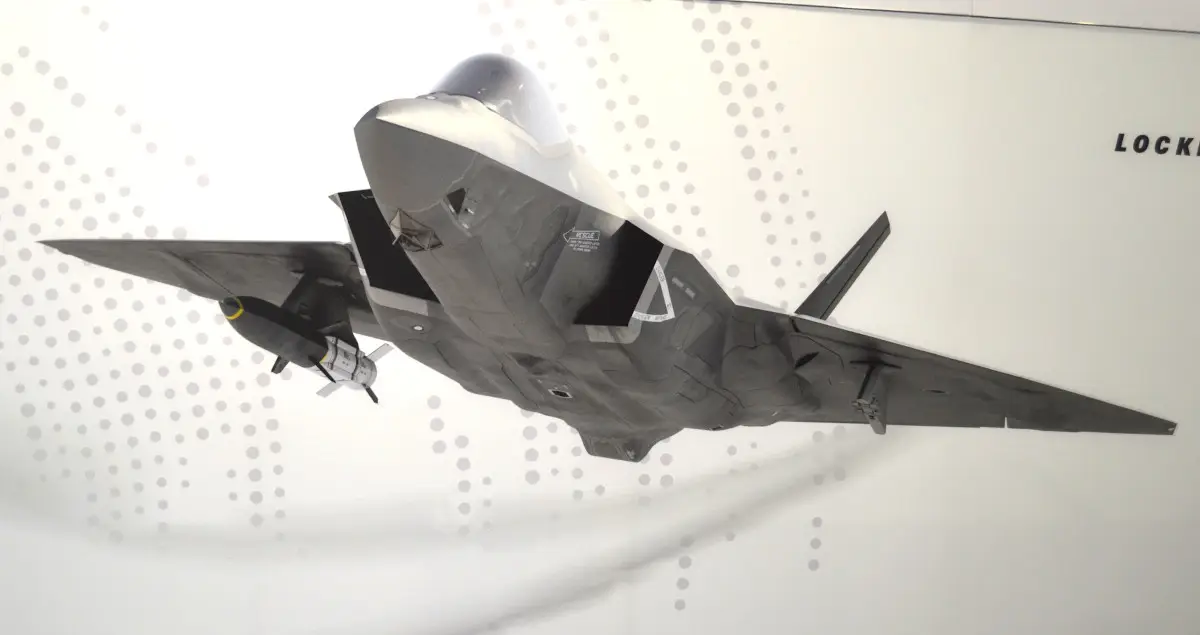
On Monday, the Navy awarded contracts to both Raytheon Missiles and Defense and Lockheed Martin to begin development on this new hypersonic anti-ship missile with the goal of delivering preliminary designs by the end of 2024. This new weapon is a clear priority for the Navy which wants it to enter service before the end of the decade.
According to the announcement, the combined contracts will cost approximately $116 million, with subsequent contracts for development and eventual production to be awarded thereafter.
“As threat capability continues to advance, additional range, warfare capability and capacity is required to address the more demanding threat environment,†said Capt. Richard Gensley, Precision Strike Weapons (PMA-201) program manager.Â
The HALO missile is expected to be a carrier-based weapon system, so it will have to be small enough to be carried underwing by the F/A-18 Super Hornet or F-35C Lightning II. The announcement issued by Naval Air Systems Command does not indicate any intention for the HALO missile to be carried internally by the F-35C. Hypersonic missiles tend to be larger than weapons carried internally by stealth aircraft due to the propulsion requirements needed for the missiles to achieve and sustain such high speeds, but anti-ship weapons tend to be even larger due to warhead size. The 1,000-pound penetrating blast fragmentation warhead carried by the LRASM, for instance, weighs more than five Sidewinder missiles alone.
While carrying weapons externally does compromise the stealth profile of the F-35, the outlined Navy requirements for the HALO missile refer to the Navy’s existing AGM-158C Long Range Anti-Ship Missile (LRASM) as HALO’s precursor. This suggests the new missile will have a range that exceeds the LRASM’s reach, which has been reported as more than 300 miles (and sometimes as high as 500). From such long ranges, the launching aircraft will be far beyond the reach of ship-based air defenses, reducing or eliminating the need for stealth in anti-ship operations.
While the LRASM has yet to be fully integrated into the F-35’s weapons portfolio, it will also be relegated to external carry once it has.
Further details on the HALO missile effort are scant, though the Navy’s statement indicated that it would be using the LRASM’s “requirements and concept of operations” as a baseline moving forward.
Building upon the success of the LRASM
The AGM-158C LRASM, as well as the new HALO hypersonic missile, are aimed at filling different increments of the Navy’s outlined offensive anti-surface warfare (OASuW) capability requirements. While the specifics of both increments remain rather nebulous, there are some things we can glean from official documents.
The sub-sonic and low-observable LRASM filled increment one, armed with the capability to identify and target specific ships within large formations. The LRASM is guided by a variety of sensors meant to limit reliance on intelligence, surveillance, and reconnaissance assets for targeting. In other words, rather than needing an aircraft or surface ship to identify a specific target vessel, the LRASM flies to an initial point using a jam-resistant GPS guidance system, before leveraging its onboard radio frequency sensor (RFS) and infrared sensor to locate, identify, and close with a specified target vessel.

This combination of the LRASM’s highly capable targeting suite and extended range makes it a particularly potent anti-ship weapon when deployed from carrier aircraft. With the Super Hornet’s combat radius of a bit more than 600 miles and the additional range of more than 300 miles offered by the LRASM, carrier-based fighters can engage and sink enemy vessels sailing more than 900 miles away. Incorporate the Navy’s drone refueler in development, the MQ-25 Stingray, and carrier aircraft will be able to engage enemy ships from well beyond the 1,000-mile mark.
Deterring an invasion of Taiwan

This could be particularly valuable in the Pacific, where preventing a Chinese invasion of Taiwan may require engaging amphibious assault ships operating under the protecting umbrella of China’s land-based long-range anti-ship missile systems. The capability offered by the LRASM was identified in wargames as perhaps America’s most potent tool, by the Center for Strategic and International Studies, for countering such a Chinese invasion.
However, despite these wargames indicating a high likelihood of victory for the U.S. and Taiwan, it was consistently at great cost, including the loss of two American aircraft carriers in almost every iteration.
As such, the HALO missile’s anticipated boost in both range and speed could allow for higher kill rates from longer distances, dramatically improving the outlook for American forces in such a conflict. That is, if these weapons can be fielded in sufficient volume to play a deciding role before such a fight would break out. In a more optimistic set of circumstances, the combined capability provided by America’s LRASMs, HALO missiles, air-launched decoys, and potentially even the LRASM’s land-based sibling, the Joint Air to Surface Stand-Off Missile – Extended Range (JASSM-ER), could potentially pose a dire enough threat to deter China from resorting to military force against Taiwan, to begin with.
More range. More Speed. Fewer enemy ships.
The HALO missile, once in service, will fill increment two of the OASuW capability requirements, and according to justification documents, “will be a higher-speed, longer range, air-launched weapon system providing superior anti-surface warfare capabilities.”
“The HALO program continues to deliver OASuW kinetic capability, albeit at increased range compared to Increment 1 and at a speed that affects the pace of battle. Hypersonic capabilities provide the ability to engage targets in a more timely manner, relative to current long-range weapons,” said Captain William Hargreaves, HALO missile program director. “This is critical when attempting to affect the pace of battle. We must be able to mitigate the threat and do so in a timeframe that limits the enemy’s ability to react.â€
Once in service, the HALO missile will likely be the Navy’s second hypersonic weapon, following the Conventional Prompt Strike hypersonic boost-glide system expected to find service first with the Navy’s Zumwalt-class destroyers.
Feature Image: An F/A-18 fires an LRASM. (Creative Commons)
Related Posts
Sandboxx News Merch
-

‘AirPower’ Classic Hoodie
$46.00 – $48.00 Select options This product has multiple variants. The options may be chosen on the product page -

‘Sandboxx News’ Trucker Cap
$27.00 Select options This product has multiple variants. The options may be chosen on the product page -

‘Kinetic Diplomacy’ Bumper Sticker (Black)
$8.00 Add to cart

Alex Hollings
Alex Hollings is a writer, dad, and Marine veteran.
Related to: Airpower, Gear & Tech
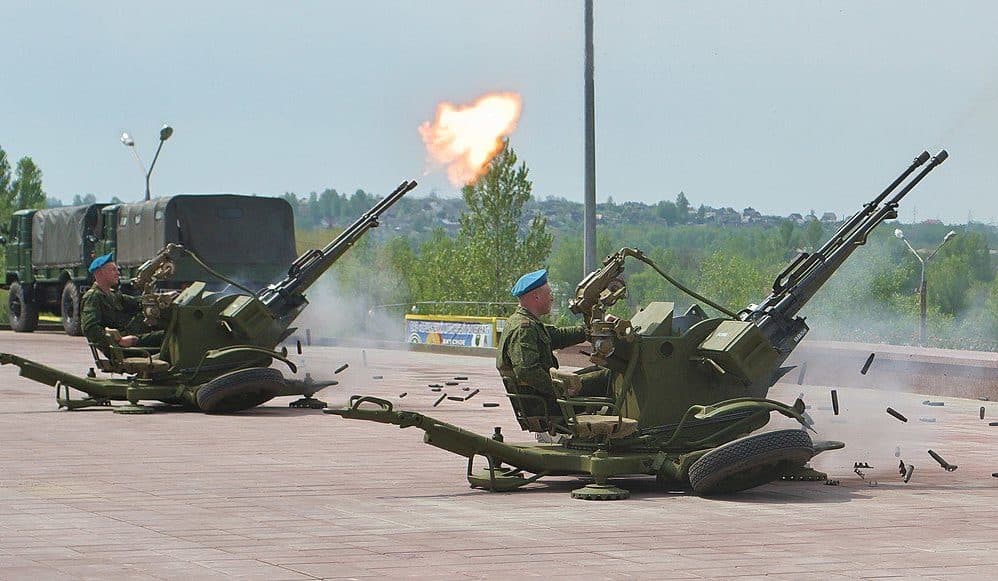
A Green Beret remembers his favorite foreign weapons
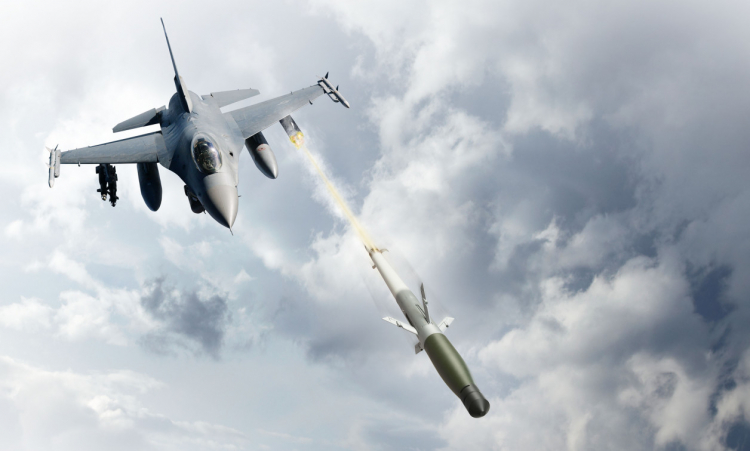
America’s new air-to-air missile is a drone’s worst nightmare
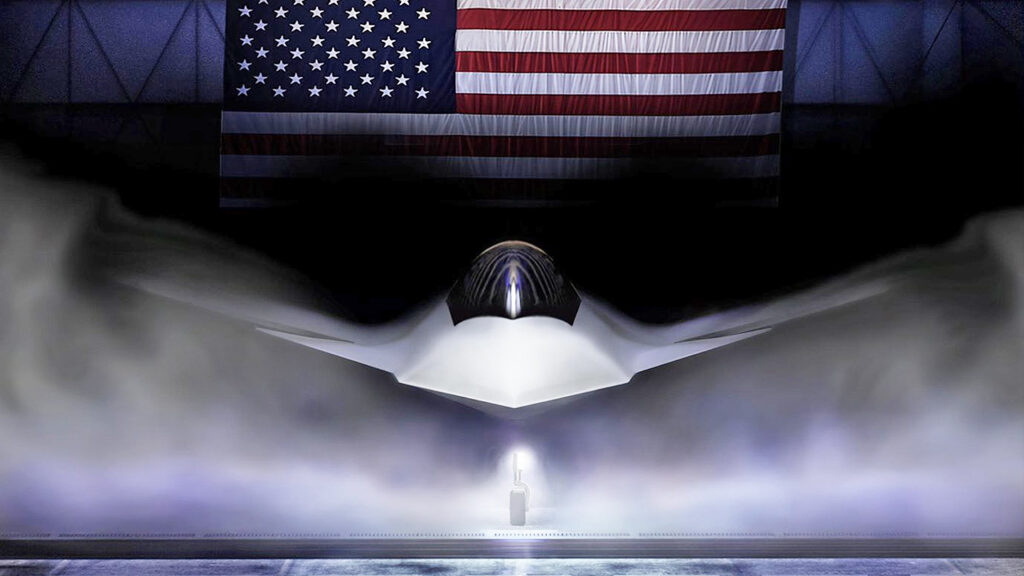
What we can deduce about the Boeing F-47 and its capabilities so far
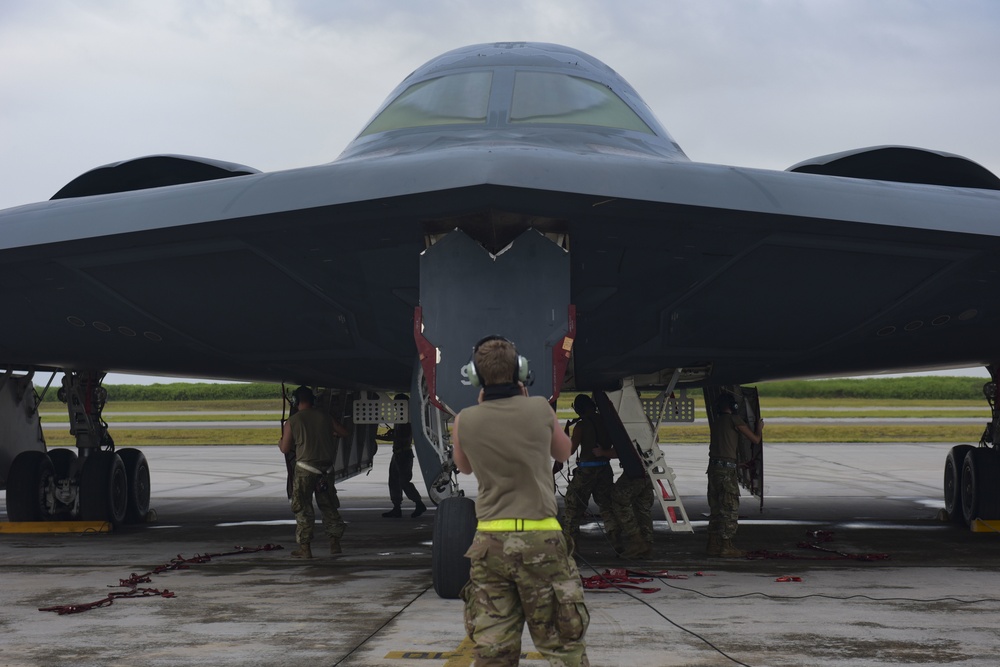
US appears to be staging stealth bombers for possible strikes against Iran
Sandboxx News
-

‘Sandboxx News’ Trucker Cap
$27.00 Select options This product has multiple variants. The options may be chosen on the product page -

‘AirPower’ Classic Hoodie
$46.00 – $48.00 Select options This product has multiple variants. The options may be chosen on the product page -

‘AirPower’ Golf Rope Hat
$31.00 Select options This product has multiple variants. The options may be chosen on the product page -

‘Sandboxx News’ Dad Hat
$27.00 Select options This product has multiple variants. The options may be chosen on the product page
